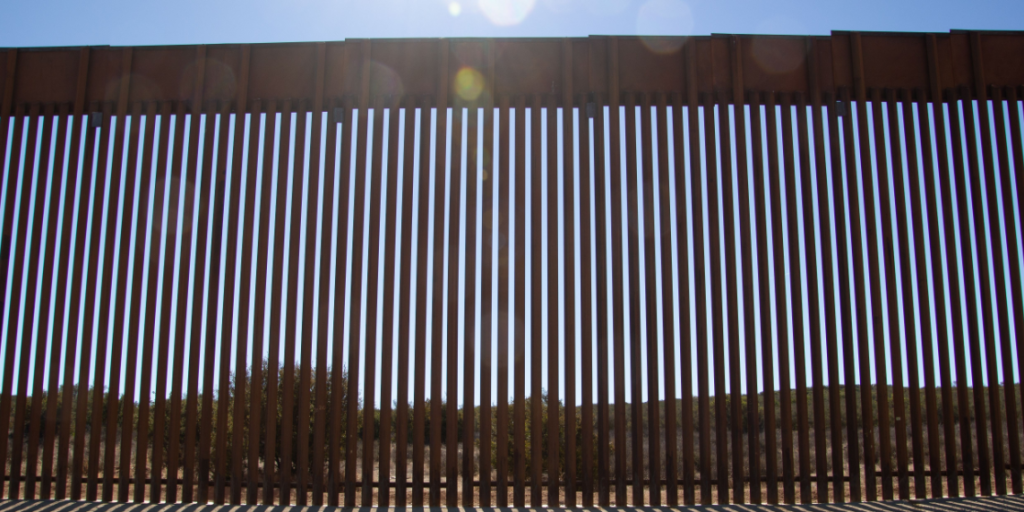Trump’s Wall Expansion Aims to Burn Hands and Stop Crossings
Others are reading now
The U.S.-Mexico border has long been a focus of heated debate. For years, people have argued over how best to stop illegal crossings.
Now, the Trump administration has a new idea: paint the border wall black. Officials say the goal is to make the steel too hot to touch in the desert sun.
“A genius way to stop illegal crossings”?
Speaking in Santa Teresa, New Mexico, Homeland Security Secretary Kristi Noem described the plan.
She said the wall is tall and hard to climb. It also goes deep into the ground to prevent digging. Now, black paint will cover it, reports Daily Star.
Noem explained that black absorbs heat. The sun will make the wall scorching. Anyone trying to climb it will burn their hands.
Also read
She called the move “a genius way to stop illegal crossings.” The paint will also protect the steel from rust.
The wall is part of a larger security effort. Cameras and sensors are already in place to catch people trying to cross. Illegal crossings have dropped to record lows under Trump, but the administration wants to do more.
“Likely Ineffective”
The wall is getting a £36 billion expansion through the “One Big Beautiful Bill Act.” Another 700 miles will be added along the 2,000-mile border.
Noem even picked up a paint roller herself to start the job. She did not give the total cost, citing procurement concerns. A DHS spokesperson said releasing numbers now could affect future bids and that taxpayers deserve better planning.
This isn’t Trump’s first attempt at a black wall. During his first term, he proposed black-painted prototypes. He also suggested adding spikes along the top.
Also read
Critics say the new plan is costly and likely ineffective. They argue that gloves and thick clothing can protect hands. They also point out that migrants often avoid climbing walls entirely.
Construction continues at roughly half a mile per day. Noem said the wall adapts to the rugged terrain, from the Rio Grande to desert plains.
The administration is also installing “water-borne infrastructure” in areas where rivers make building difficult.
The wall remains a symbol of the administration’s approach to border security, drawing both praise and criticism as the project moves forward.


